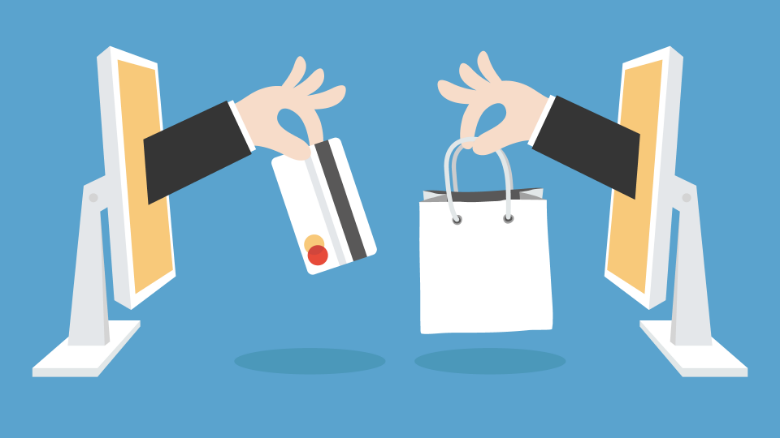Your corporate website is probably your most valuable piece of online real estate. However, quanitfying that value by calculating the web traffic that converts to actual sales is easier said than done. By optimising and funneling your virtual storefront, you can maximize your probability of transforming vistors into buyers. Follow these 5 quick steps to start increasing your online ROI today!
When push comes to shove
Don’t expect your customers to give you their trust upfront. Statistics show that only 14% of consumers will respond to irritating pop ups while 51% react positively to email offers. However, before you bulk up your email list you need to have a compelling offer in place.
Offering a demo or a free trial instead of asking for instant commitment through membership or purchase can significantly improve conversions.
Just remember, slow and steady wins the race. Even though they might not be psychologically ready to checkout right away, a compelling sales funnel strategy will promote your company as a trusted advisor. Continuous engagement throughout the purchasing process will encourage consumer loyalty… and ultimately increase sales.
Create a value proposition
Differentiate yourself from competitors. Communicate your Unique Selling Proposition (USP) through a consistent message platform applied across all digital platforms – including your website and social media platforms. Your value proposition should present your organization’s benefits in a single, credible phrase.
iTunes clearly illustrates their USP - easy entertainment at your fingertips, everywhere you go. With a fresh, witty tone they capture the attention of consumers with shrinking attention spans by keeping the copy concise and to the point.
Scribd focuses their crisp USP on unparalleled literary discovery across any device. Limitless reading made simple. Strategically introducing an element of curiosity by not naming book offerings upfront, their choices are perfect for long commutes and rainy afternoons.
Dominos Pizza outdid competitors by having a USP they could deliver – literally. Telling customers, “You get fresh, hot pizza delivered to your door in 30 minutes or less -- or it's free." Not only does this keep the brand in the forefront of your mind, but it also fosters personal involvement by encouraging you to count down the seconds in hopes of a free pizza.
Be consumer-centric
Up to 50% of potential online sales are lost because consumers lack adequate information. Aim for content that’s relevant, neutral and benefit-oriented, while linking offline and online purchase points. But don’t offer too much too soon. Science has proven that consumers can become unhappy if there are too many choices at their disposal. Be unique, be concise and get to the point.
Where’s the proof?
Positive customer testimonials and third party reviews are becoming just as important as personal recommendations. Reading about other customers’ experiences with your products and services serves as strong social proof – which strongly influences purchase decisions. Build a deeper understanding of your customers by running A/B testing and split tests on your web copy to uncover what’s flying under the radar, and what affects different wordings, tones and styles have on your ultimate conversions. Remember, it’s a trial and error process, but definitely manageable if you approach it in a methodical way.
Add incentives
Tone of voice, positioning and time-limited offers can all help to create a sense of urgency. Consumers are more likely to make a purchase if they believe it’s their last chance to do so. Time-sensitive bonuses and free gifts to loyal consumers increase the perceived value of your product or service. Many successful websites also write their Call To Action (CTA) in first person to encourage higher click-through rates. So if you have the opportunity to create a sense of scarcity, shout it from the rooftops!





